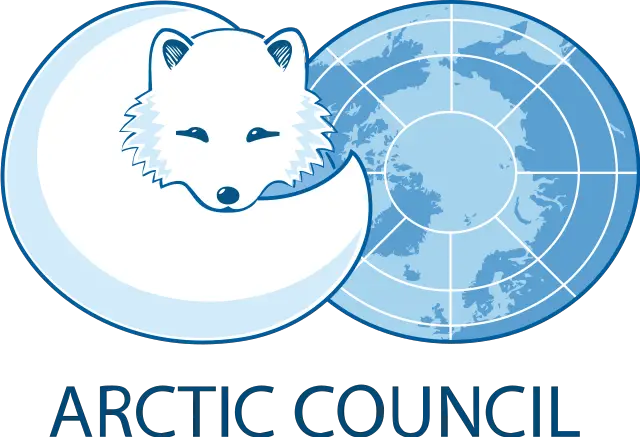- Acronym: AC
- Type: Intergovernmental Organization
- Membership: 8 member states, numerous observer states and organizations
- Establishment: Established on September 19, 1996
- Official Language(s): English
- Headquarters: Tromsø, Norway
The Arctic Council is a high-level intergovernmental forum promoting cooperation, coordination, and interaction among the Arctic States, indigenous communities, and other Arctic inhabitants on common Arctic issues, particularly on sustainable development and environmental protection in the Arctic.
Arctic Council History
The Arctic Council was established with the signing of the Ottawa Declaration in 1996 as a forum for promoting cooperation, coordination, and interaction among the Arctic States, with the involvement of the Arctic Indigenous communities. It was a response to the unique environmental and societal challenges and opportunities present in the Arctic region.
Arctic Council Structure
The structure of the Arctic Council consists of:
- The Ministerial Meetings: Held biennially, where foreign ministers of the member states convene to set the council’s objectives and review its work.
- The Senior Arctic Officials (SAO) Meetings: Held regularly to implement the decisions of the ministerial meetings.
- Working Groups: Six working groups that focus on different areas of Arctic cooperation.
- The Secretariat: Provides administrative support and coordination for the Arctic Council’s activities.
Arctic Council Membership
Member States
- Canada
- Denmark
- Finland
- Iceland
- Norway
- Russia
- Sweden
- United States
Observer States and Organizations
Numerous observer states and organizations participate in the council’s work, contributing expertise and perspectives.
Arctic Council Objectives
Environmental Protection
Promoting the protection of the Arctic’s unique environment and biodiversity.
Sustainable Development
Encouraging sustainable development practices that benefit the residents of the Arctic, including indigenous peoples.
Scientific Research and Monitoring
Facilitating scientific research and promoting the sharing of Arctic monitoring and assessment information.
Arctic Council Funding
The Arctic Council is funded by contributions from its member states and other funding sources for specific projects. The working groups may also seek and receive funding from other sources to carry out their initiatives.
Arctic Council Projects
Arctic Climate Impact Assessment
Comprehensive studies and reports assessing the impact of climate change in the Arctic and proposing adaptive and mitigative strategies.
Protection of Arctic Flora and Fauna
Projects aimed at conserving the unique flora and fauna of the Arctic, addressing threats such as pollution and habitat destruction.
Arctic Marine Environment Protection
Initiatives to protect the marine environment of the Arctic from the adverse effects of human activities.
Arctic Council Members
The Arctic Council serves as a vital platform for cooperation among the Arctic States, indigenous peoples, and other stakeholders, addressing the unique challenges and opportunities in the Arctic region. Through its collaborative efforts, the council plays a crucial role in safeguarding the Arctic environment, promoting sustainable development, and supporting the communities that call the Arctic home.

